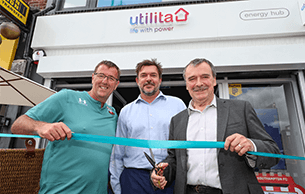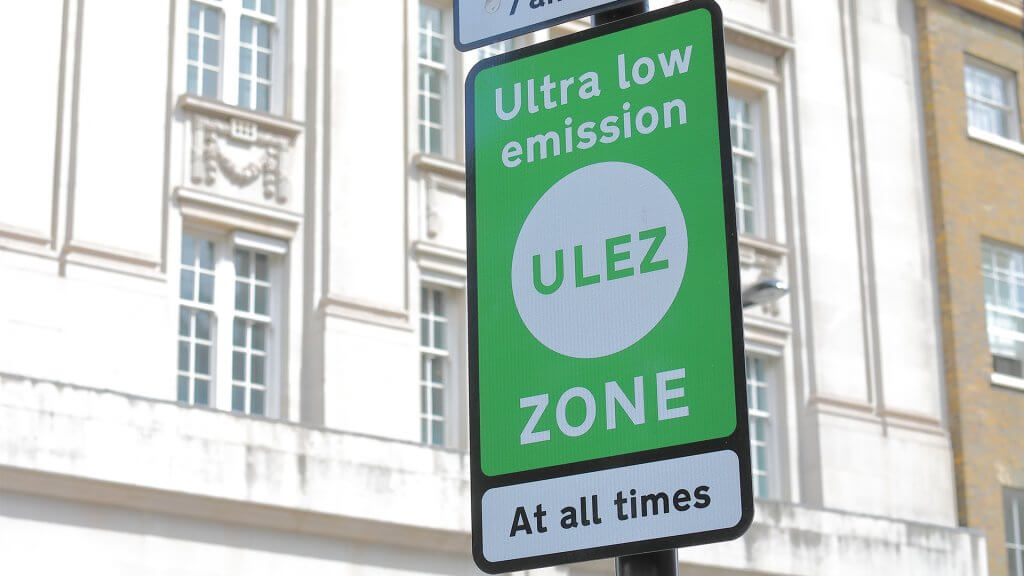The population within the UK has rapidly increased over the last two decades. To put it into perspective, between 2000 and 2020, the population had increased from 58,886,100 to 67,081,200. Based on these figures, they suggest that the population size could potentially numbers of around 69,207,197 by 2030.
The population of cities is also increasing. The number of people in the City of London, for example, has risen by 58.3 per cent between 2014 to 2019. To accommodate for the growing number of inner-city dwellers, professionals must continue to think of innovative building and construction solutions.
Nifty Lift, a leading supplier of cherry pickers, considers whether brownfield remediation is the answer to growing population sizes.
What is brownfield remediation?
First and foremost, professionals in the construction industry need to decide where to build new housing and accommodation units. Greenfield land, for example, presents a blank canvas for professionals to expand the size of metropolitan areas. On the other hand, brownfield land utilises previously developed lands and breathes life back into crowded cities.
The Countryside Charity, an organisation campaigning for the preservation of greenfield land, argues that brownfield remediation is the most suitable option for developing cityscapes. This is because it regenerates and recycles unused land across the nation. It also reduces urban sprawling and ensures our countryside is safeguarded for future generations.
Brownfield remediation also reduces costs for construction industry. This is because the foundations, drainage, and electrical wiring may have already been established. It can also be easier to receive planning permissions on brownfield land. There are certain challenges, however, that construction managers must take into consideration before wheeling in aerial work platforms. These are dependent on whether the area is contaminated or if buildings need to be demolished before construction can begin.
Can brownfield remediation address the housing crisis?
The nation is full of unused land. Birmingham, for example, has 958 brownfield sites that can be utilised, amounting to a possible 37,326 housing projects. Using these spaces could help solve the housing crisis, which Marie Chadwick, a policy leader at the National Housing Federation, argues is “exceptionally bad”. To address this issue, the government has introduced the Brownfield Land Release Fund (BLRF). The fund amounts to £75m and offers £25m to local councils that want to develop housing on derelict or abandoned land. This has the effect of encouraging the remediation of brownfield land in cities.
Can brownfield remediation help community and professional projects?
Brownfield remediation may also be beneficial for community projects, such as community housing. In recent years, storage containers have become a solution for these issues as they can be fitted with electricity and present a more affordable option than standard bricklaying.
Homelessness continues to be a social concern. Despite the average number of people sleeping on the streets declining within the past four years, the demographic is still 38 per cent higher than it was in 2010 when 1,110 people lived without a home. In an effort to tackle this issue, Embassy is creating community accommodation of 40 modular homes out of shipping containers. Embassy Village will be based near Bridgewater Canal in Manchester, developing inner cityscapes while remediating a brownfield site and offering a solution to homelessness.
On the other hand, brownfield remediation can address professional projects, including an increasing need for office spaces. In London, for example, strenuous lockdowns throughout the COVID-19 pandemic halted 50 per cent of both newbuilt and ongoing construction projects. This has forced professionals to think of innovative alternatives to traditional office spaces, such as storage container offices.
Companies in Cardiff are also coming up with imaginative solutions to dwindling office spaces. Meanwhile House, for example, is a three-storey complex offers spaces for professionals within the city, as well as including communal bathrooms and a coffee shop. This concept is ready to be adopted by city councils as storage containers can be placed on the abundance of brownfield land across the nation.
To summarise
Brownfield remediation may be the answer towards inner-city development. Not only can this help preserve the Great British countryside, but this also helps breathe life into previously unused land. It may also help the housing and office crises in cities around the nation. Can you think of any land that can be repurposed as brownfield sites?


























